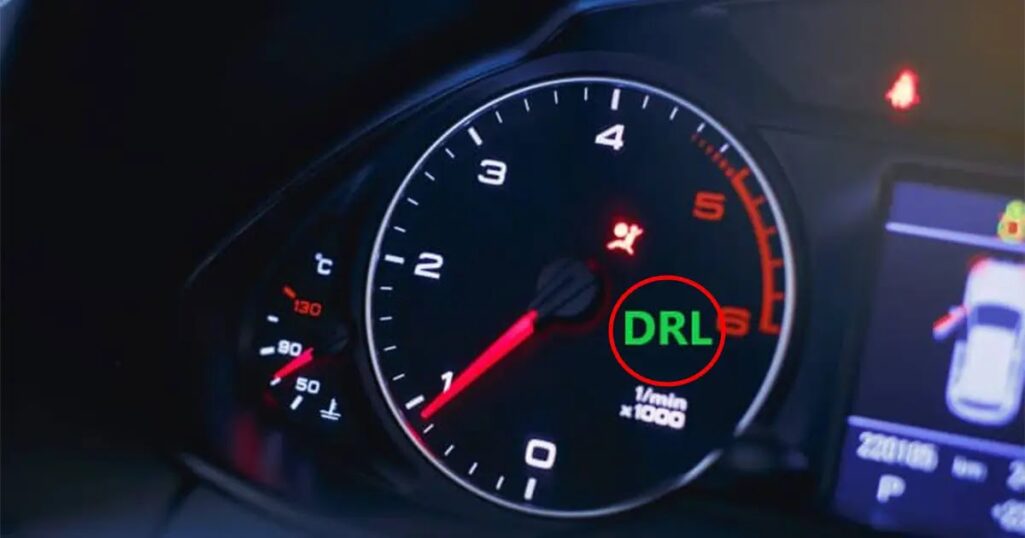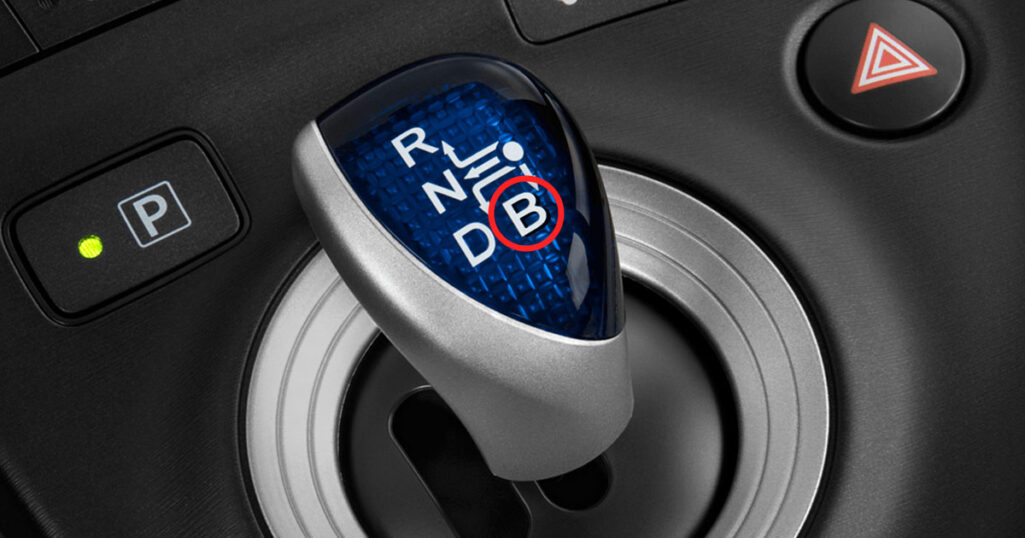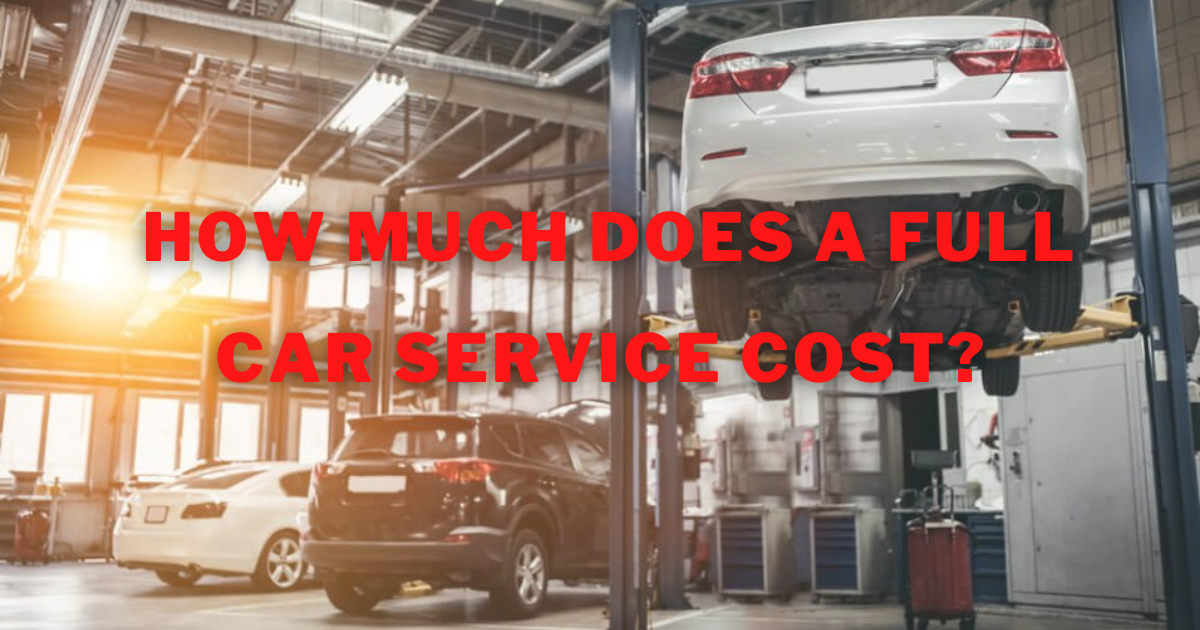
If you don’t know how to use all the capabilities in your car, you won’t be able to get the most out of it. Most drivers only use the D-drive, N-neutral, P-park, and R-reverse positions of their vehicle’s gear system. Typically, this is the only information that most drivers have regarding their vehicle’s gear system.
Despite the fact that an automatic gearbox handles the majority of your transmission’s gear changes, you do still have some options to mess around with. One of these options is the D3 gear.
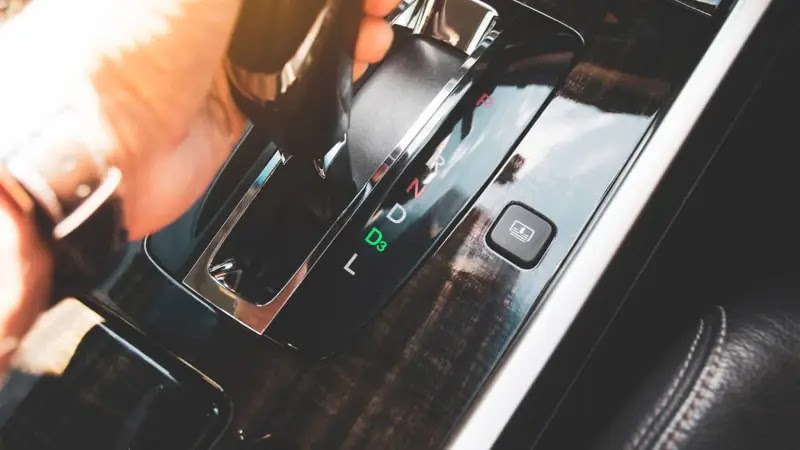
When should you use this gear, and what does it actually mean? This article is meant to clear up any confusion you may have regarding it.
What Does D3 Means?
D3 locks the vehicle’s automatic gearbox into third gear as its highest setting, using the first three gears (gear 1, 2, and 3). With D3, you can get greater power and a wider rpm range out of each gear when you need it.
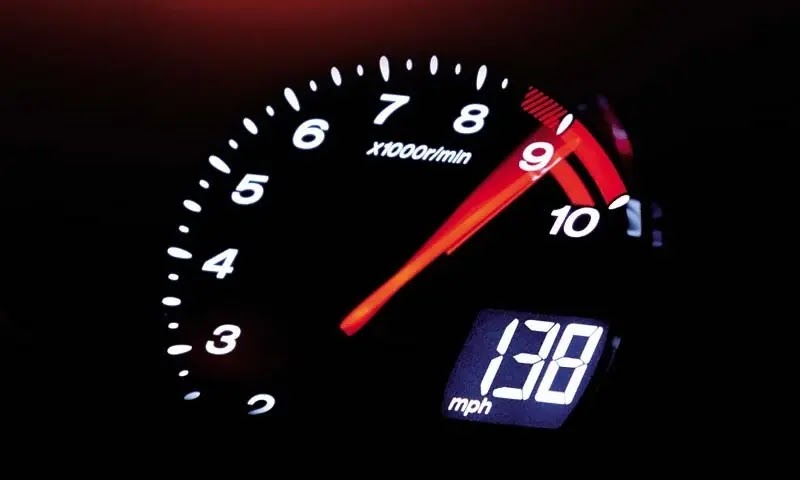
While driving around town, especially in a crowded city where stop-and-go driving is the norm, D3 provides the best possible experience for the driver. Moreover, its capacity to provide engine brakes ensures the optimum driving experience while ascending or descending a hill or mountain.
Typically, automated vehicles include a set of standard gears like P (Park), R (Reverse), and D (Drive). When you’re driving as you usually would, you put the shifter is on D, and you don’t have to give it a second thought. Hydraulics automatically move the gears while the car is in Drive. The D (Drive) gear’s primary function is to save gasoline and increase efficiency when driving in typical conditions.

In the case that your car’s D gear suffers an electronic or mechanical issue that stops it from shifting gears automatically, you can instead drive your car using D2, D3, and D4 instead. It would be like driving a car with a manual transmission in terms of smoothness.
Which Gear to Use?
Understanding which gear to use in any given scenario is critical if you want to get the most out of every trip and avoid having a breakdown because your car’s components have worn out quickly. But which gear should I use? Let’s find out.
D1, D2, D3, and D4 are all gears that display the car’s maximum gear position as it drives forward. For example, the D3 gear can only go into third gear, although it can also go into first and second gear, D2 gear can maximum go into second gear, but also it can go into the first gear, and so on.
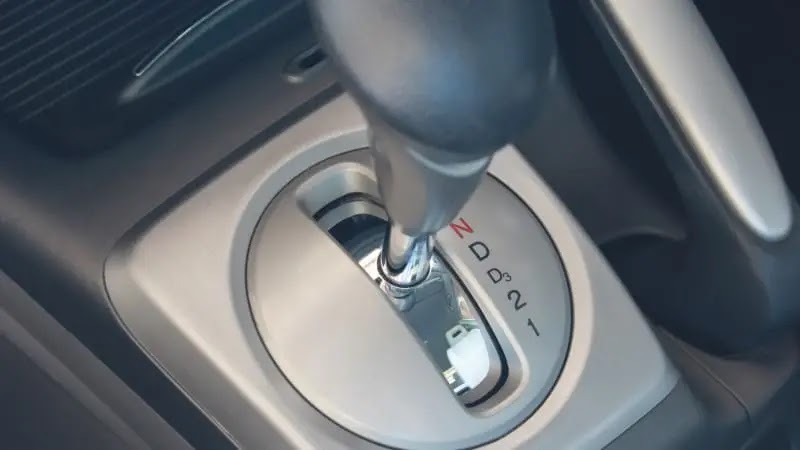
D1 vs. D2
In the meanwhile, D1 and D2 aren’t commonly available on all automobiles; instead, (+) and (-) symbols are found on the gear lever in some models. The (+) sign is used to shift gears up, while the (-) symbol is used to shift gears down, the same as D1 and D2.

The different gear positions serve distinct purposes, although you may not perceive their differences when you engage them.
D3 vs. D4
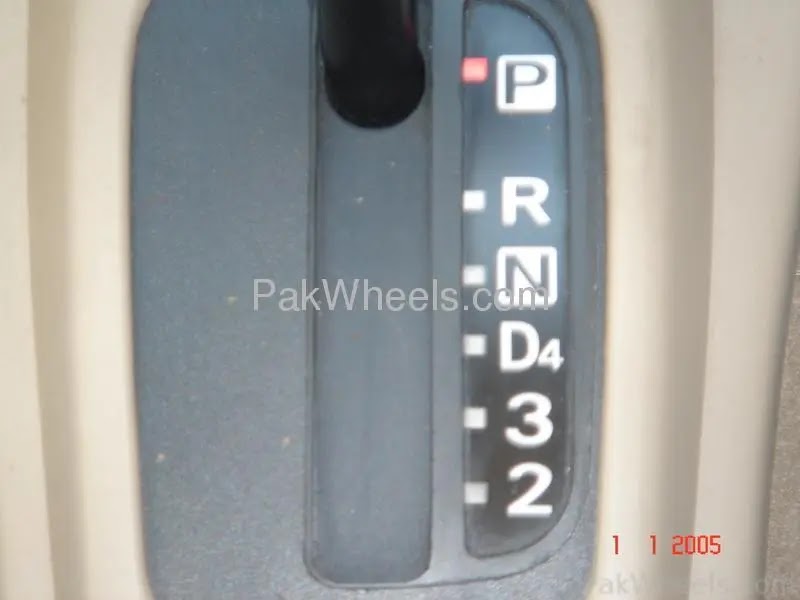
Aside from being faster than the previous three gears, D4 also provides a new level of operation while driving. It improves your car’s acceleration in situations where D3 isn’t the best choice.
Under typical driving circumstances, D4 should be selected. While D3 restricts itself to the first three gears (1, 2, and 3), D4 is restricted to the first four gears (gears 1, 2, 3, and 4). While you’re driving, D4 helps your vehicle automatically choose a gear that’s appropriate for your current acceleration and speed.
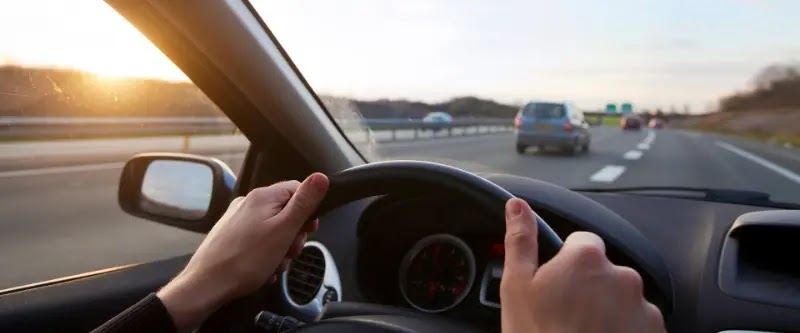
However, D4 is best suited for driving on a freeway (highway), especially if you’re traveling from one city to another. Similarly, D3 is good for going up or downhills. In comparison to D3, D4 has a faster pace and is more suited to a variety of situations. D4 may be utilized both on and off the highway, unlike D3, which is more suited to city driving.
Since D3 is more common than D4, let’s take a look at the advantages of D3 usage and the best time to use it.
How to Use the D3 Gear?
D3 gear is available in many automatic cars. It should be used in certain driving conditions and would have many benefits on the car’s performance.
If you’re ready to experiment with D3 in your automatic car, here are a few things to keep in mind. Drive is a good place to start. The car will begin its journey in the lowest gear possible.
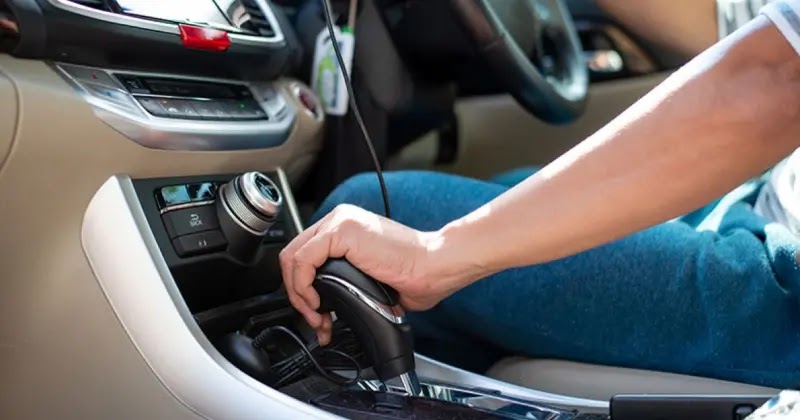
When you’re ready to limit the transmission’s speed, set the gear changer to D3. While driving, you have the option to switch from Drive to D3. Some vehicles have a D3 marker on the shifter, while others require that you turn off your overdrive and manually shift into lower ratios.
It’s critical to return the gearbox to Drive if the engine’s revolutions per minute (RPMs) become excessive. You don’t want to wear down the transmission or the engine by overdoing it.
Best Times to Use D3 Gear?

1- Going Downhill
A steep incline is no problem for truck drivers. They frequently use engine brakes to slow down the truck, and you can do the same with the D3 gear.
D3 helps keep the brake pads from overheating by relieving some of the load on the system. The engine’s top speed can be limited by using this lower gear.
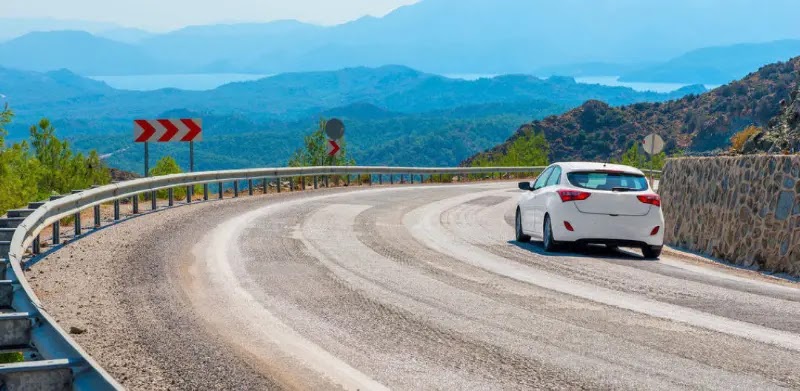
2- Going Uphill
D3 might help you get up to speed more quickly when driving up a hill. A higher RPM means a faster car since D3 prevents the transmission from going into overdrive.
Like in any other circumstance, when driving, you don’t want to put too much strain on your transmission. If the RPMs stay too high after you’ve got the car up to speed, it’s advisable to shift back into overdrive.

3- During Rain
Slippery roads make it easier to lose control of your vehicle. D3, on the other hand, prevents your car from sliding between gears.
You are less likely to get trapped in harsh weather if the transmission can only change to third gear. In order to get out of bad weather, the vehicle’s wheels need to be locked in place.
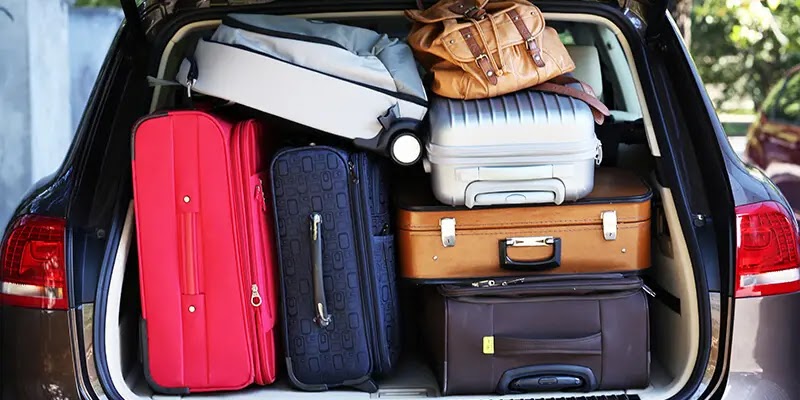
4- With Heavy Loads
Keeping an eye on the vehicle’s speed is essential when transporting items or towing a trailer. To avoid overheating and degrading your brakes, avoid using them.
Speed is restricted to the third range while using D3 gear. When you’re dragging around a lot of weight, this is usually more than enough speed to keep you in control.
Advantages of Driving D3
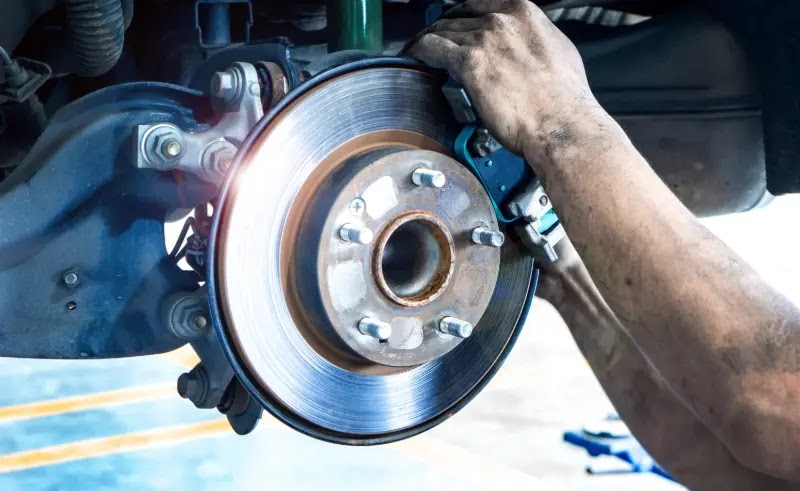
1- Increase Brake Pads Lifespan
The engine automatically slows down when the vehicle is in D3. The brake pedal doesn’t have to be pressed as much with this setup, especially while riding downhill.
Even if it’s not expensive to replace brake pads, there’s no excuse to let them become worn out. You can let the engine do some of the work if you’re driving down a steep road with the gearbox in D3.
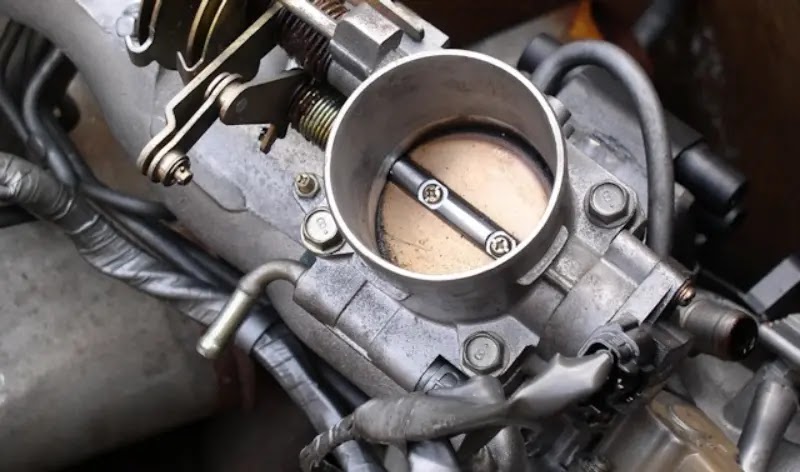
2- Better Throttle Response
While driving in heavy traffic, shifting into lower gears might help you accelerate more quickly. D3 is a better choice when driving in the city because you don’t need to worry as much about top speeds and can instead focus on quick throttle response.
Running the engine at its red line, on the other hand, might be harmful to the vehicle. Moving back to Drive might help extend the motor’s life in this situation.
3- Increased Safety
It’s easier to control the car when D3 mode is on. If you’re driving in wet conditions, you’ll notice it more. The wheels of your vehicle will not spin as rapidly if you utilize D3 since it allows you to run at lower gears.
As previously mentioned, the engine brake function keeps you safer when descending steep inclines. Excessive speeds will not be a concern because the engine automatically controls the vehicle’s speed.
Conclusion
Knowing every aspect of your car is very important since you might be missing some important features that could improve your driving experience, increase your car lifespan and even protect you with some safety benefits.
D3 gear is one of those important features that you should start engaging if your car has one of them.
In this article, we have explained what is D3 and how to use it. We’ve also provided the best practices to use the D3 gear and the important benefits you will gain from using it.
Do you think D3 is an important part of every automatic gearbox? And do you usually engage the D3 gear in your driving?
Watch the following video to see What Happens if you Shift Gear from D to 3,2 L while Driving Automatic Car:

